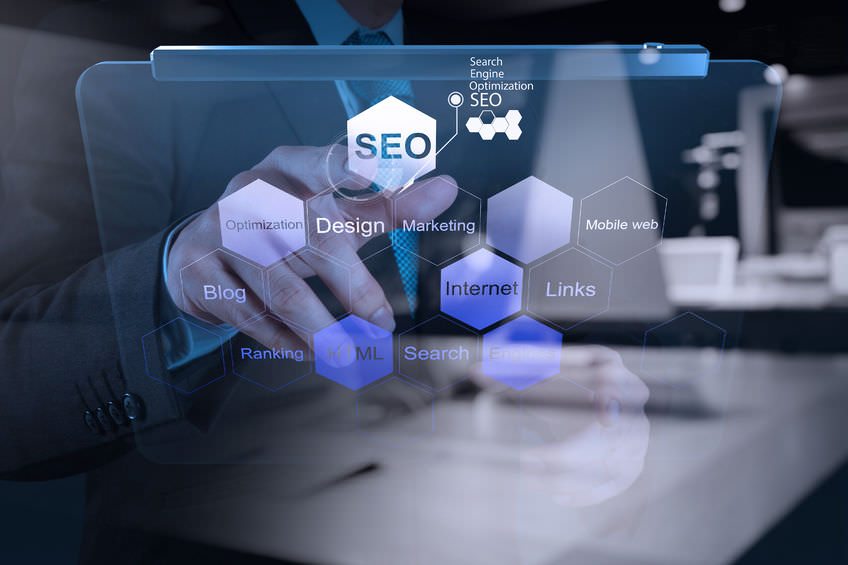How to Rank For Local Keywords
If you’re in the SEO industry or are a business that uses local SEO, then you’ve probably heard some of the statistics: almost 60% of local searches result in same-day visits, 77% of smartphone users contact a business after looking for local information, and 70% of customers are more likely to use a local business that has a social media profile. They prove the importance of local search engine optimization, but what they fail to express is how difficult it is
Google Indexing Split Will Make Mobile the Focus of Searches
A recent announcement from Silicon Valley has revealed that Google intends to shakeup its search engine results page once again. The search titan announced that it planned to split its indexes into mobile and desktop, rather than maintaining the current model that only has one. The change is likely to have a heavy effect on the search results displayed to mobile users, and will increase the importance of proper mobile SEO. More information is sure to follow in the coming
Why Google Possum Has Made Local SEO More Important
Google’s recent Possum update seemed relatively minor on the surface; however, more research in the ensuing weeks has found that it has done more to change the core algorithm than most had thought. Google has long followed a trend of merging the online world with the physical in terms of local rankings (for example, showing peak times, images, and visits), and Possum seems to have been an algorithmic change following of that lead. The new local landscape has only increased
IN 2017 SEO WILL BE MORE IMPORTANT THAN EVER
The art of optimizing your website, online social media presence, and web content to appear higher in organic rankings is constantly changing. As each year passes, new discoveries, interesting trends, and game-changing algorithm updates often necessitate reworking (or at least re-evaluating) your current strategy to fit the industry’s best practices. In addition to the more scientific side of SEO, there’s also the public relations, UX, and conversion optimization side of things (38% of consumers said they’d immediately leave an unattractive




